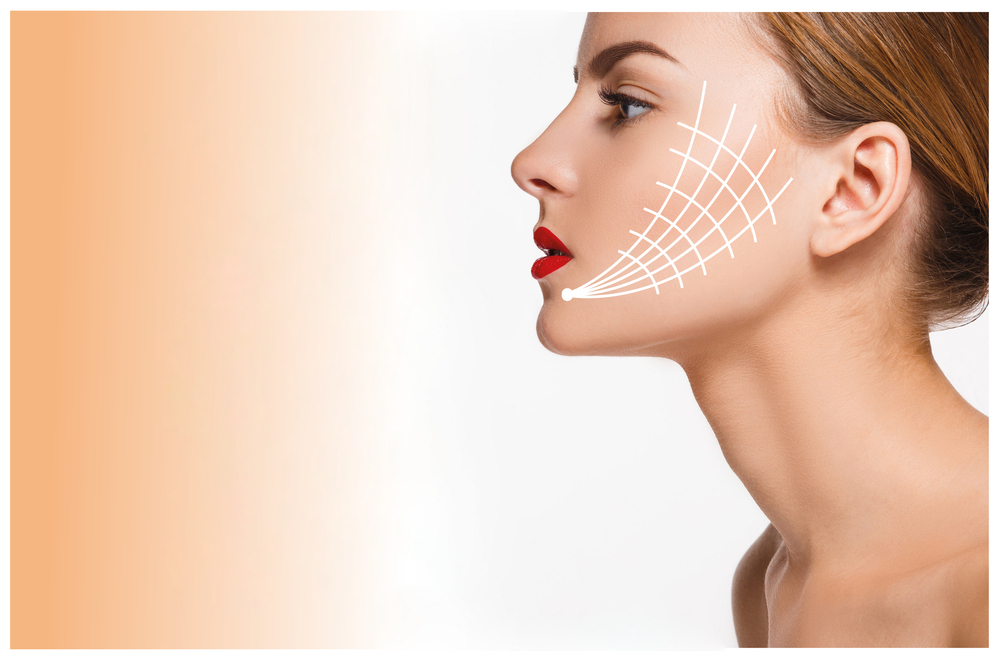
The injected area should be defined using standard staining techniques, such as Minor's Iodine-Starch Test, and sterile 30 gauge needles. Inject the BOTOX 0.1-0.2 mL aliquots into the hyperhidrosis using 1-2 cm distances. Repeat the procedure as many times necessary until the clinical effect wears off. However, repeat injections may be unnecessary if the hyperhidrosis is stable.
Dysport
Dysport can be performed in the doctor's office by the patient to reduce the appearance or glabella line. These lines run from the forehead and upward between the eyebrows. These lines will become more noticeable and obvious as the patient relaxes. This cosmetic treatment works for those who have moderate to severe or severe glabellalines. A dermatologist can also help distinguish between moderate wrinkles and more severe ones. A doctor can make the procedure as painless as possible, and can even numb any affected areas.

Although the ingredients in both types of injections work the same way, the trace protein content of each treatment makes it more effective. Botox is for treating facial wrinkles and Dysport is for larger areas. Both injectables are safe and effective. However, the main differences are in the amount of treatment and the duration of the results. Despite the similarities between these injectables, Dysport may be better for treating small areas and pesky wrinkles.
Botox and Dysport can be used safely for adults. However, some patients should not take these medications prior to receiving the treatment. Both injectable treatments can be safe and effective but they can interact with other medications. Botox and Dysport may interact with blood thinners and muscle relaxers as well as anticholinergic medications for Parkinson's disease. As such, patients should discuss their medical history with their doctor before starting any treatments.
200 units of botox
The average person requires thirty to fifty units of Botox for each treatment and typically needs three to four treatments per year. Dosage should be adjusted in accordance with the effect of each session. Injections should not be repeated if the effect has diminished. Muscles that have been injected must continue to function. For adults, the recommended dosage of botox is 200 units per treatment site. Patients less than 34kg should only receive six units per kg.
Botox 200 units can reduce urinary incontinence episodes. This is according to clinical trials. The drug is also approved in 90 countries, the United States included. It is not recommended to be administered to patients who have urinary incontinence and infections at injection sites.

Botox should be injected at a depth not less than 2 millimeters (mm) below the skin's surface. This will ensure that the procedure is successful. To ensure minimal leakage and intradermal injections, the needle must be held at 45 degrees from the skin's surfaces. Moreover, patients should avoid injecting directly through an ink mark on their abdomen. You could end up with a permanent tattoo.